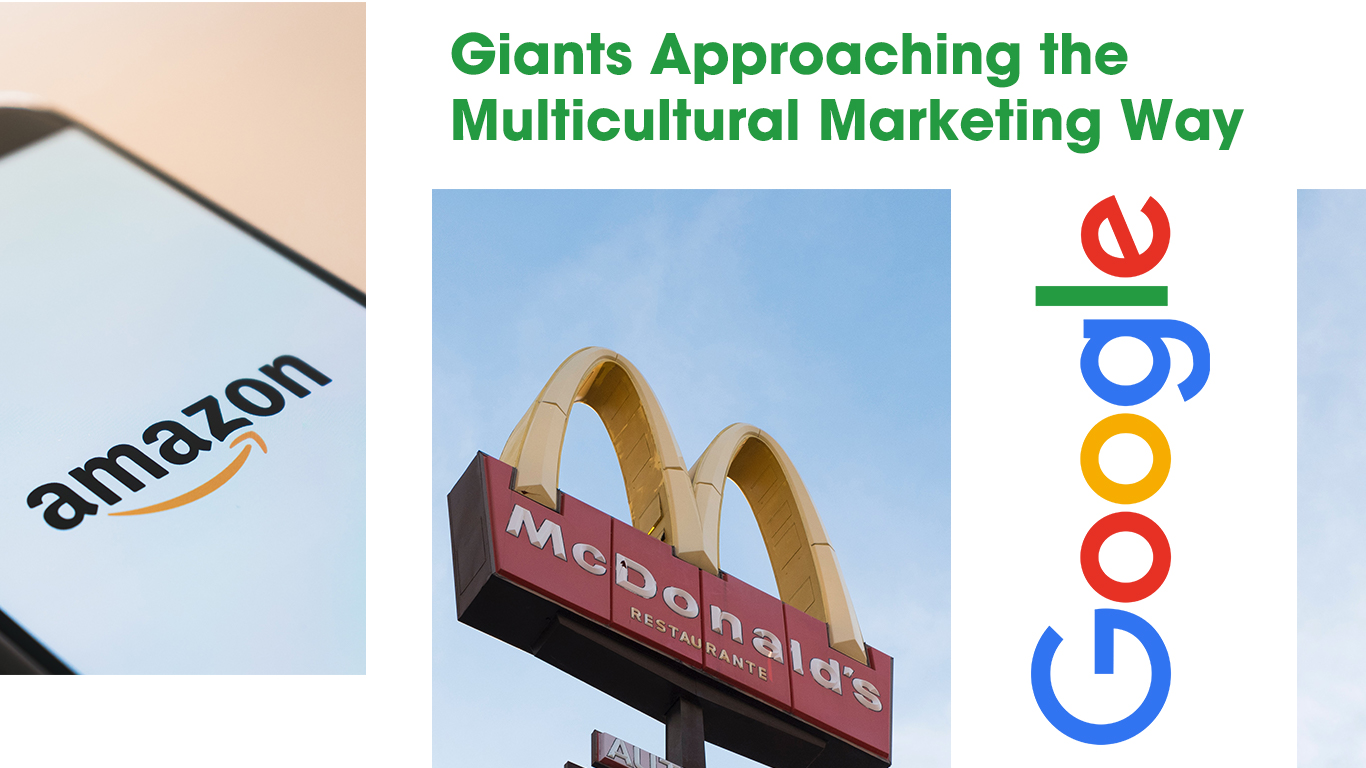We, as human beings, are fettered by our cultural narrow-mindedness only if we wish to take a hard look at pluralism. Multiethnic fraternization can only help to fight back the dangers of marginalization and understand our global neighbors better.
If you want your business to truly spread across a gamut of cultures, you should be mindful of their buying behaviors. Sever parameters, marked by diversity, mold society’s buying behavior. Food, music, spiritual history, philosophy, language — all these indispensable ethnic parameters exhibit disparities across different cultures. It is high time for your business to sink in this thing — traditional marketing modus operandi does not work anymore, especially when your business involves customers from different cultures. International customers are people coming from different countries, with different aspirations, philosophies, habits, and personal stance as well. You might want to devise a unique marketing plan for each country — because the successful implementation of a particular plan in the U.K. might not work for India to the same degree. For instance, every society’s lifestyle bears no resemblance. The climate, current fad, pop culture, religious obligations, and several other determinants of a country do not allow any business to strategize a prototype marketing plan. Each country comes with a new set of challenges for your business, and to tackle it, get an eyeful of demographic you wish to target.
Identity politics, the politics of recognition, and the politics of difference are all the concepts that are closely-tied with multiculturalism. They all follow a collective intention — to bring to the fore underserved social communities and remodel the recurring social patterns that adversely affect the inclusion of marginalized communities.
Table of Contents
Multicultural Marketing in the Right Age
Looking back to the last decade, it was challenging for marketers to address the real issues of minorities. It was even harder to do business while taking into account their needs and wants. Some communities, sad to say, were ostracized or are still isolated from the face of dominating cultural legacies. These concerns still exist, however, not that harshly. We live in a time where marketers have an arsenal full of metric tools, demographical analysis, social reach, etc. — all this has made multicultural an approachable, relevant, and a fruitful marketing approach.
Make Sure Your Approach is Genuine
The underlying concept that goes hand in hand with multiculturalism is equality — the respect and favorable reception of other culture that offers an individual with equal rights and opportunities.
If your business’s multicultural marketing campaign can address the challenges of minorities and prop up their often ignored significance in society, your company will not only grow in terms of sales, but it will also gain sound brand loyalty. Also, your brand needs to contextualize the campaign in accordance with the ethnicity you wish to serve, otherwise, it might just posit as an ulterior motive or maybe a misfired campaign that failed to understand the culture.
Melting Pot
According to Pew Research, the Asian American population leaped by close to 72% between 2000 and 2015. This burgeoning American Asian population is the fastest-growing ethnic group in the U.S. Moreover, the U.S. Census Bureau projected that the Hispanic community would grow by 115% by 2026, adjusting to 29% of the total U.S. demographic.
According to McKinsey, companies that hold racial and ethnic diversity are 35% more probable to gain financial returns exceeding the standard norms. And those who have not considered diversity in their workplace are bound to witness above-average returns.
Harvard Business Review found that a team with one member who is from the same background as the client is 152% more likely to understand the client.

To get an idea of how a company markets it’s products according to the state it wants to flourish in — think about McDonald, Amazon, Google. Only because of a multicultural marketing campaign you can savor that Aloo Tikki burger made by a restaurant based out of the U.S. The same goes with Amazon — its Diwali sale, republic day sale, and other sales that addresses important Indian events indicates that even the world’s leading company counts on the multicultural marketing. On the other hand, giants like Google, Microsoft, and Pepsi are lead by Indians, which gives them an upper hand with respect to grasping the pulse of the Indian Market.
Your Brand Needs to Dip Toes Into the Culture’s Nitty-Gritty
Before getting into the throes of cultural hodgepodge, it is important to understand that which culture you are dealing with, its driving forces, and what all factors are associated with the culture. Not every culture is driven by just race and ethnicity; it could well be a culture characterized by sexual orientation, religious marginalization, etc. While gauging these parameters, it is interesting to know that by dint of these differences, an individual coming from one culture acts in a different manner and maneuvers his perception with a moral compass the culture has ingrained. In a nutshell, each culture is hardwired in conformity with its principles, where its ethos demands a unique selling point.

Canada’s multicultural approach is worth studying. The country has been welcoming people from a range of backgrounds. Canada is a beautiful cultural mosaic where people often find themselves comfortable with a sense of belonging. Canada brought forth a multiculturalism policy in 1971 as if the country had a preliminary intuition of the growing fluid boundaries and the significance of inclusion as a surefire way to disregard boundaries.
Younger Generation Favor Diversity
The younger generation, on the other hand, has always jumped on the bandwagon. They develop a social bond wherever the sense of community arises. Ideally, this generation tends to gel up with supercool cultures as teenagers. However, with time, they revisit their own culture when societal obligations become successful in taking hold of their life.
Option or Necessity? It’s Your Take
For your business, it’s a decisive era to eschew the prototypical framework that corroborates the policy of slicing up the population by demographics, boundaries, as well as affluence level. When your business embraces the fluid boundaries, a picture crops up where you can categorically recognize the needs and wants of a particular ethnicity or community. In light of the overarching reach of the internet, as a marketer, you have a money-spinning opportunity to make sense of a culture that mirrors the corporate reality of individuals you wish to target. [/emaillocker]






